Cervical Spondylosis
Home / Cervical SpondylosisCervical Spondylosis Treatment in Delhi
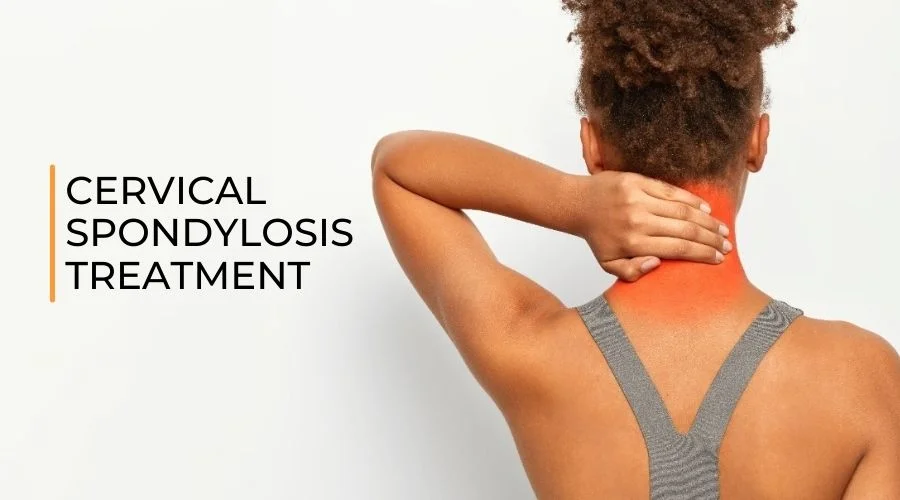
Cervical Spondylosis is just a fancy term for age-related wear and tear of the joints and discs in the spine at your cervical (neck) level. It is extremely common. It can present with severe symptoms as well as sometimes with no symptoms at all. It usually occurs in middle-aged and elderly people.
Symptoms
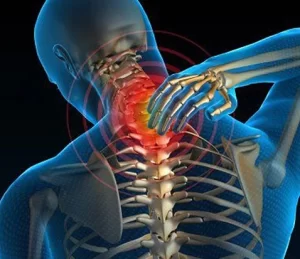
The patient at the clinic is assessed by the physiotherapist. A diagnosis is made according to the symptoms and if an investigations have been done. The treatment plan is designed accordingly.
- Stiff neck with pain in the neck reason could be radiating to the trapezium scapular region and even the Shoulders
- Acquittal headache
- Restricted range of movement of the neck could be difficulty in turning and bending of the neck
- Symptoms of CS improve with rest generally a patient has more pain in the morning (night stiffness) and and towards the end of the day. In severe cases, where there is compression of spinal nerve, pain and stiffness would be associated wwith certain neurological symptoms like,
- Cervical radiculopathy- along with neck, There is pain in the shoulder and arm.
- pain could be associated with tingling numbness and weakness along the nerve.
- Headache and Vertigo
- Loss of bladder or bowel control in extreme cases.
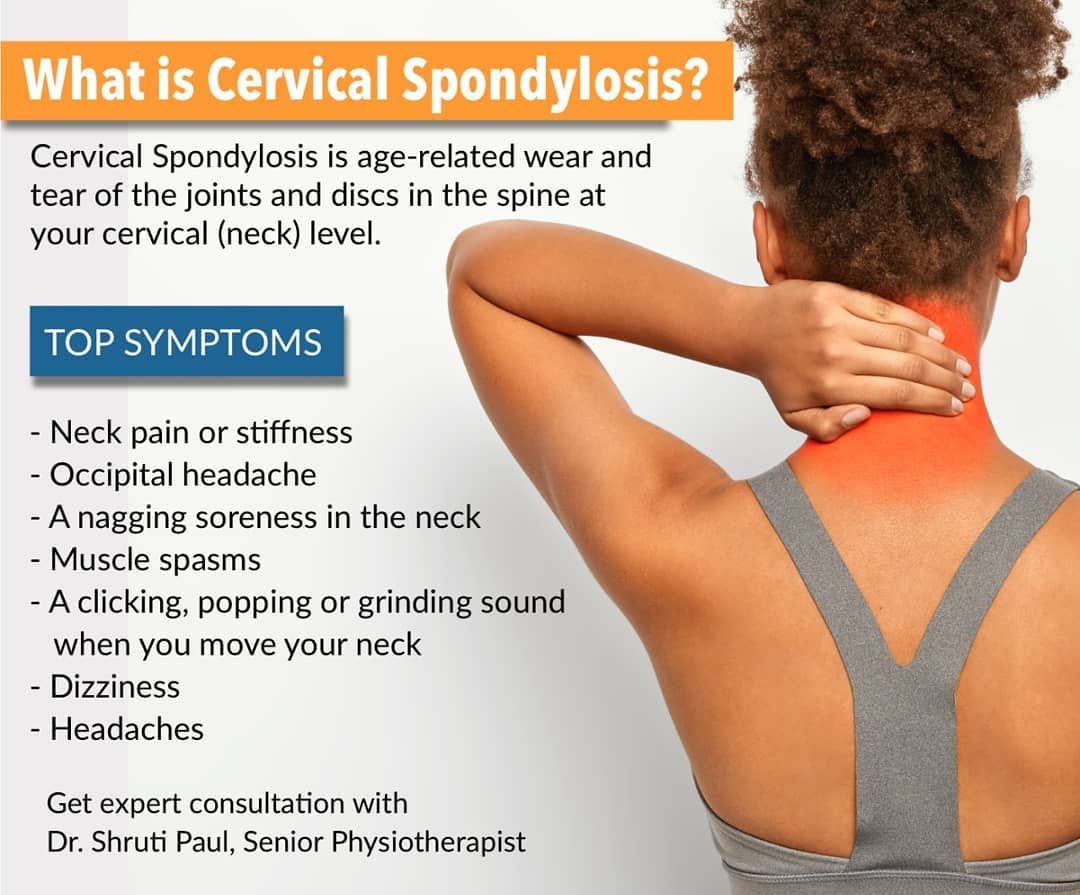
Causes
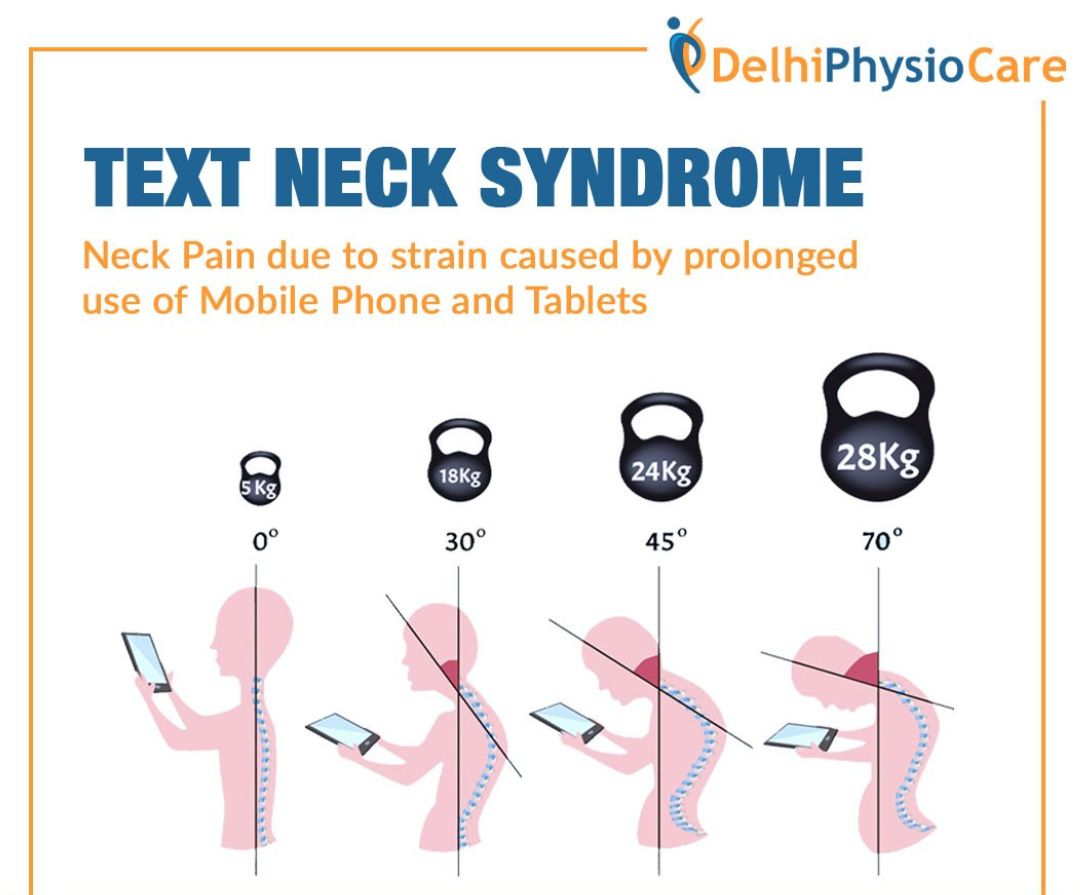
AGING: The disc (cushions) in between the spinal bones start degenerating over time causing the bones to rub together more. It starts when you are in your 30’s
Disc Herniation: Due to injury, overuse or aging the soft gel like inner portion of the disc could protrude out after the disc develops cracks. This can compress the spinal nerves causing pain and numbness along the nerve.
Bony Spurs: Small overgrowth of bones on the vertebrae can cause painful spine and even nerve compression.
Stiff Ligaments– Ligaments stiffness at the spine causes painful neck and reduced range of movement.
Occupational Hazards: – Some professions can lead to overuse of the neck muscles e.g. teachers, gym enthusiasts, or the jobs involving to lift heavy weight on the head. This can lead to the injuries of the cervical spine and early degeneration.
Injury: An injury of the spine accelerates the aging process.
Some other factors would be;
- Family history
- Sedentary Lifestyle
- Smoking
- Obesity
Investigations
When a patient with any symptoms of neck discomfort visit us he is examined by the therapist for;
Pain
a) The area of the pain is identified.
b) Pain is graded according to the severity.
c) Does the pain get aggravated with any particular neck movement?
Neck Movement
The therapist will check the range of movement for the neck. Neck flexion, neck extension, side flexion, and rotation.
She would check if the movements are in the complete range, pain-free and if any movement is causing any kind of referred pain.
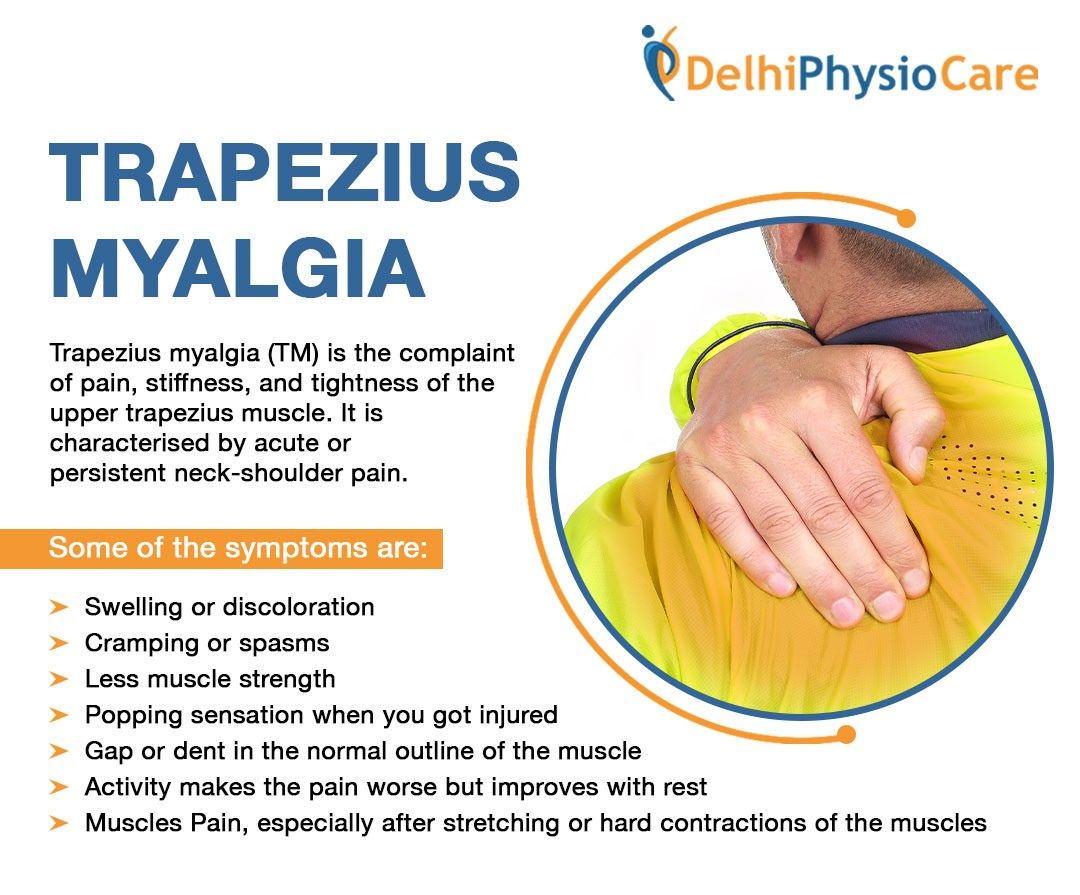
Muscle Strength and Reflexes
There are checked to see if there is any kind of neurological symptoms that indicates pressure on the spinal nerve.
Some other commonly done physical examinations that help in the deciding the treatment are;
- Distraction test
- Compression test
- Shoulder abduction relief test
Your doctor could also ask for any of these investigations too to check for the degenerative changes, infections, fracture, or disc herniations.
- Cervical X-Ray
- CT scan
- MRI
Physiotherapy Treatment
The patient at the clinic is assessed by the physiotherapist. A diagnosis is made according to the symptoms and if an investigations have been done. The treatment plan is designed accordingly.
The main aim of Physiotherapy would be;
- Relieve pain
- Improve range of movement of the neck, generally neck extension & side flexion are restricted.
- Improve the functional ability of the patient. He should get pain-free in his daily activities.
- Strengthen the neck and the spine muscles. A regular exercise program slows down the degeneration of spine.
- Reduce painkiller dependence.
If the patient has neurological symptoms we might recommend a soft cervical collar for a short duration. Prolonged use of a collar can weaken the muscles further.
It takes about 4-6 weeks of physio to go symptom-free. As we start working on the pain issue, various modalities can be considered for some days.
We could have a combination of Interferential therapy, Laser, Ultrasonic, Cervical traction, EMS, Heat/cold treatments. These would decrease pain, promote tissue healing and maintain muscle activity.
– Along with soft tissue mobilisations, manipulations and exercise programme is started. The main idea is to get the joints moving. This would reduce the pain and stiffness, increase the range of movement, and help in daily activities.
We at Delhi Physio Care would teach a series of stretching and strengthening exercises. These would include isometric neck exercises, posture correction. Posture correction along with working on scapular and neck muscles also aims at maintaining normal cervical lordosis. It is important to learn to maintain a normal lordosis even in lying for that healthy sleep.
You would also be taught a series of exercises as a part of a home exercise programme to stay pain-free, have unrestricted neck movements, to maintain good neck strength and flexibility.
These will help you in achieving an active and healthy lifestyle and prevent injuries.
Remember, Cervical Spondylosis is a normal aging process. It’s just that how fast and carefully you tackle it.
Reach out to us if you have any symptoms!!
Quick Enquiry
Send us a message with your contact details and one of our staff will contact you right away.
TREATMENTS
BOOK AN APPOINTMENT
GENERAL ENQUIRIES
235, Avtar Enclave,Paschim Vihar,Delhi – 110063
Cervical Spondylosis Treatment FAQ’s
Cervical spondylosis is also known as ‘arthritis of the neck. It is an age-related medical condition that occurs due to deterioration of spinal joints, vertebrae, discs, and ligaments in your neck.
The common symptoms of Cervical Spondylosis are:
Stiff neck
Neck pain
Pain in neck movements
Headaches
Shoulder pain
Pain in arms or legs
Pain in neck while coughing, sneezing
Cervical Spondylosis if not treated properly and timely can cause serious trouble in your body movement particularly involving the neck. You must get it treated to avoid any permanent damage to your spinal cord or other related body parts.
Cervical Spondylosis can be caused by :
Neck Injury
Poor posture
Disc Herniation
Age-related wear and tear
Trauma
Sports Injury
Work Injury
Infection
Cervical Spondylosis is common in people with sitting jobs like typing, computer operators, vehicle drivers, and heavy load lifters like construction workers.
Since Cervical Spondylosis doesn’t require any invasive or non-invasive surgery, Physiotherapy treatment including certain exercises and neck traction using weights is the mainstay treatment.
Cervical Spondylosis can be very much kept in control by following some common neck-related suggestions like-
– Taking small breaks
– Do not strain the neck too much
– Regularly doing neck strengthening exercises
– Taking physiotherapy sessions once in a while
